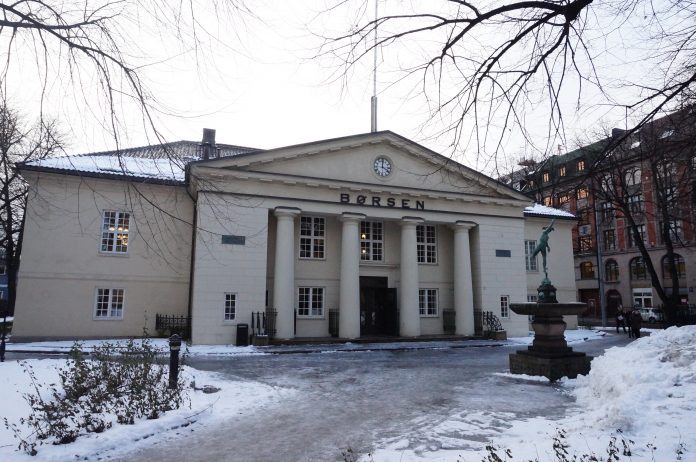Light-hearted optimism infecting salmon shares
“The (salmon) party is over”, Nordea analyst Kolbjørn Giskeodegaard was quoted as saying by Norwegian media last week.
His message was that salmon farmers should start getting used to “normalised” earnings after many extremely good years.
The Nordea analyst was a “bear” in a corps of analysts, and he had a clear “sell” recommendation on a whole slew of salmon shares on the Oslo Stock Exchange. Yet, we’ve only come half-way through the fourth-quarter earnings season, and it’s optimism, not pessimism, gripping the sector.
The signals
The aquaculture industry’s bellwether stock, Marine Harvest, has seen its value grow by 14 percent over the past three weeks, and the salmon-farming giant isn’t alone. The share price growth has come through in a period where the main index has been impacted by harsh weather.
There are many reasons for the share performance, but the start to the new year has seen excited sales growth, and salmon shares have remained higher than what the pessimists had feared. A good amount of that sales growth has been in oversea markets in the Far East and in the US.
Read Analysts: Norwegian biomass up 10 percent, rising
These are markets where European salmon-farmers have encountered competition from Chile. This winter, the latter has seen headlines highlighting extraordinary algae-induced mortality, the so-called Red Tide, that caused many to doubt whether Chile could deliver on its processing plans for the spring.
Biomass carted off
Norway, meanwhile, has seen a cold, snow-rich winter, and average temperatures at sea are one degree lower than last year. Cold seas suppress appetites for aqua-feed, and so far this year feed sales are down three percent.
Normally, increased processing and less feed would normally cut away at biomass numbers, and that’s shown in biomass numbers for January that were recently released by the Norwegian Fisheries Directorate. They reveal that there are 769,664 tonnes of farmed salmon in Norwegian fjords, some 2.7 percent more than 12 months ago (the numbers based on growers’ voluntary reporting at month’s end) but a slowing down of growth seen in previous years.
Borrowing more
Investors are encouraged that the market has swallowed the line that this year’s expected production increases won’t be accompanied by a salmon price that tanks. Marine Harvest has underlined its faith in a lasting tight salmon market by increasing its debt load.
When Bakkafrost on Tuesday reported earnings of nearly 2.7 euro/kg in a quarter marked by lower spot prices, it’s clear the party isn’t over. It’s possible the music might have been turned down a bit, but we’re far from the normalised earnings from yesteryear of 0.4 euro/kg.
This story, originally published at 1206hrs, on Tuesday, Feb. 20th, was altered to include correct currency translations and institutional input.

